When you’re out in the wild, hiding your shelter can keep you safe and unnoticed. Whether you’re camping in the woods or in a survival situation, making your shelter blend in with the natural surroundings is an important skill. Here are twelve quick and easy tips to camouflage your shelter, so it remains invisible to both humans and animals.
1) Use Natural Materials

Gather leaves, branches, and grasses from around your site to cover your shelter. Make sure to use materials that match the surrounding area to make your shelter less visible. This helps it blend in and adds an extra layer of insulation.
2) Choose Your Location Wisely

Set up your shelter in a naturally concealed area. Look for places like dense bushes or under a canopy of trees. These areas make it easier to hide your shelter and require less work to camouflage.
3) Mud Cover
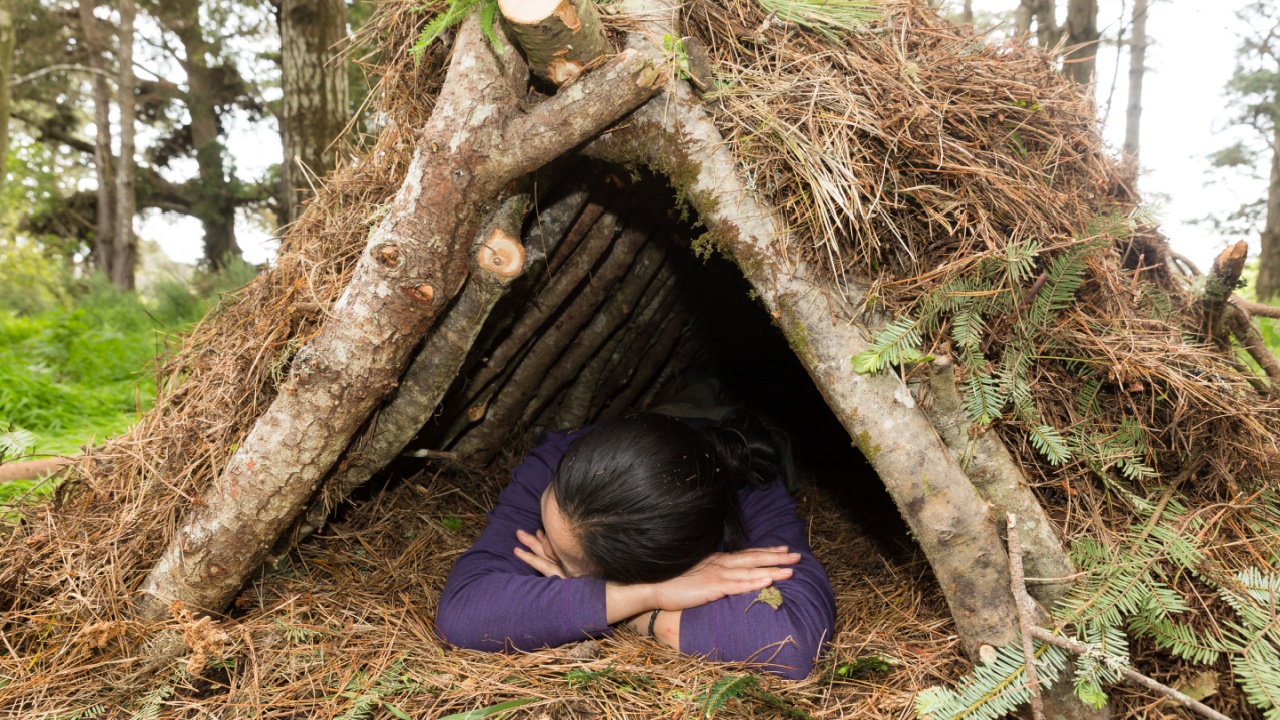
Smear mud on the exterior of your shelter. Mud can help alter the shelter’s color to match the earth around it, making it much harder to spot. Once dry, it also provides a sturdy outer layer that can help protect against the elements.
4) Break Up the Silhouette
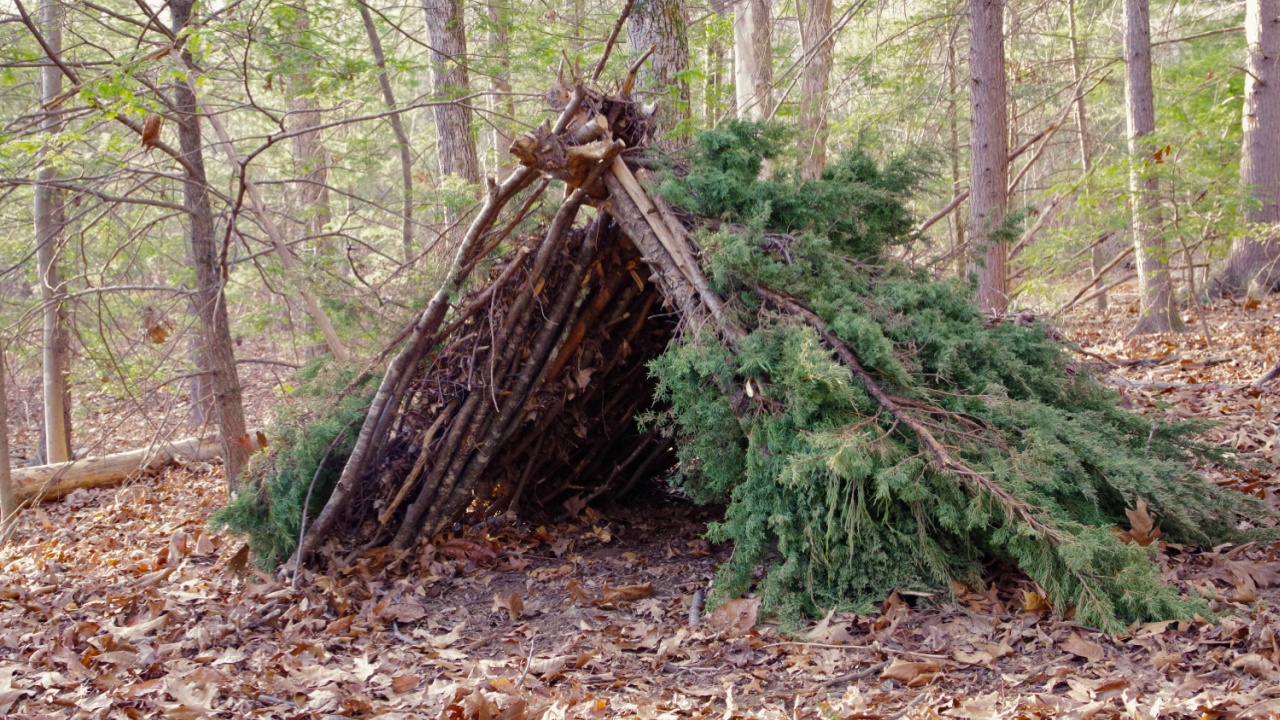
Use irregular shapes to break up the outline of your shelter. Hang branches or grass in an uneven pattern over the structure to disrupt its outline. This makes it harder for the eye to recognize it as a man-made object.
5) Color Choice
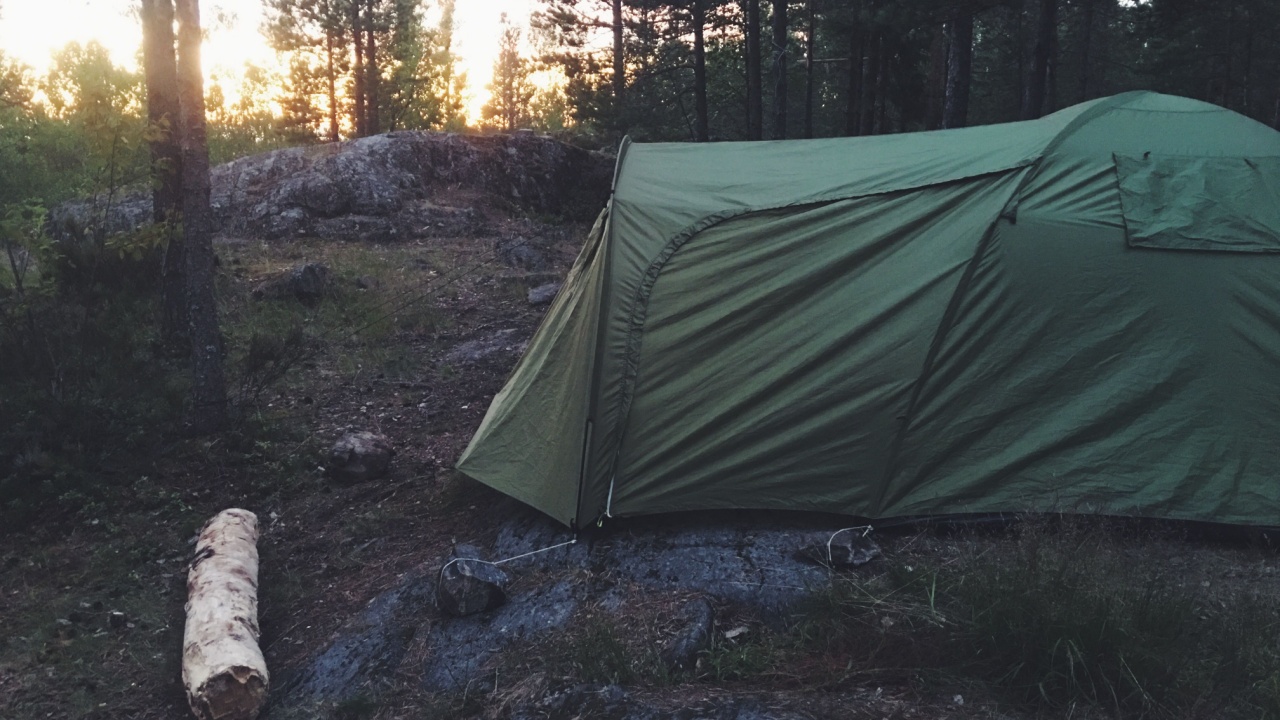
Choose colors that match the environment before you set up your shelter. If you have a choice of materials, use dark greens, browns, or grays which work well in most forests and mountainous areas.
6) Low Profile
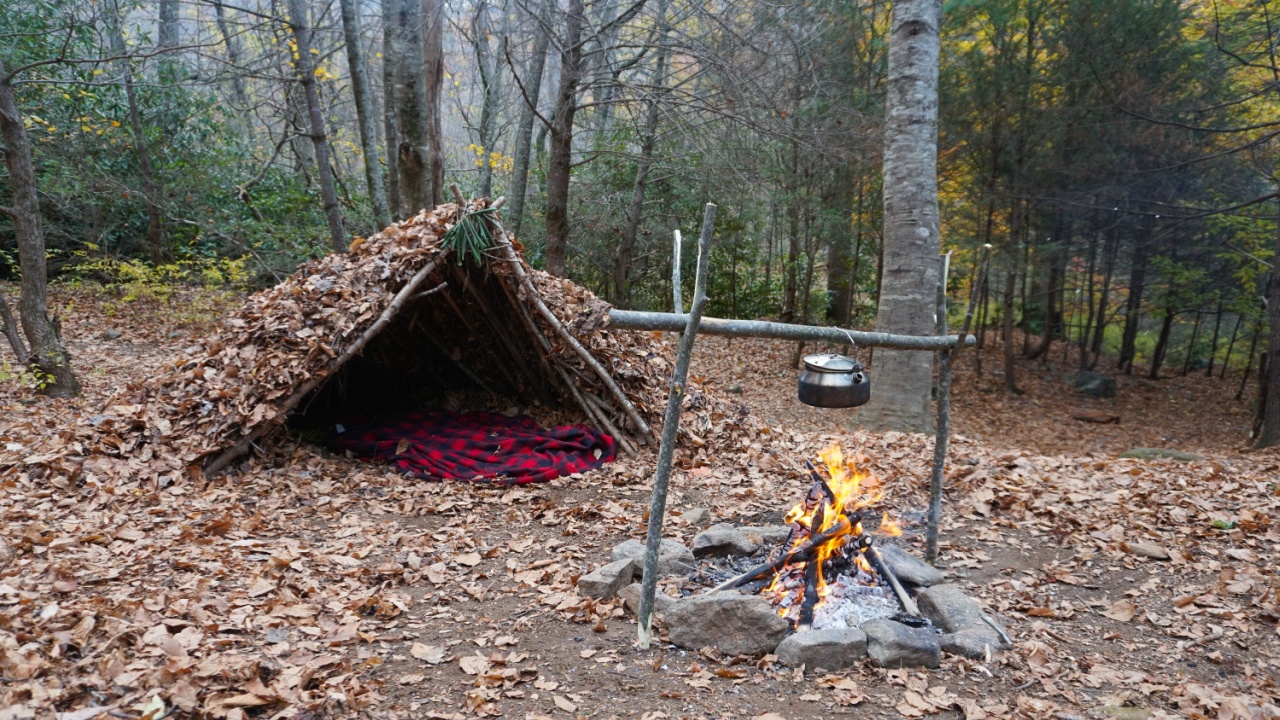
Keep your shelter low to the ground. The lower your shelter, the less it will stand out against the horizon, and the harder it will be for someone to spot from a distance.
7) Reflective Items Inside
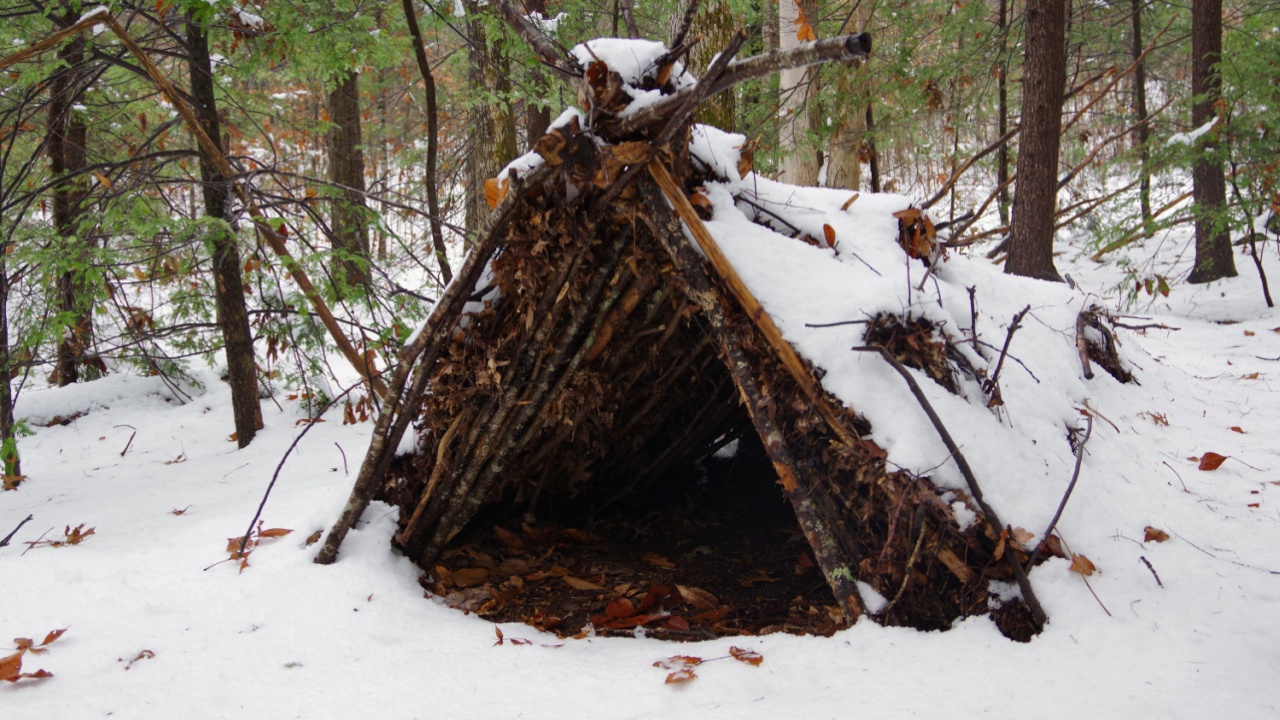
Avoid using or storing reflective items outside or near your shelter. Reflective surfaces can catch light and easily give away your position, so keep them inside.
8) Natural Disguise

Integrate living plants into your shelter’s exterior. Attaching small bushes or vines to your shelter can help it blend seamlessly with the surrounding vegetation.
9) Keep It Small
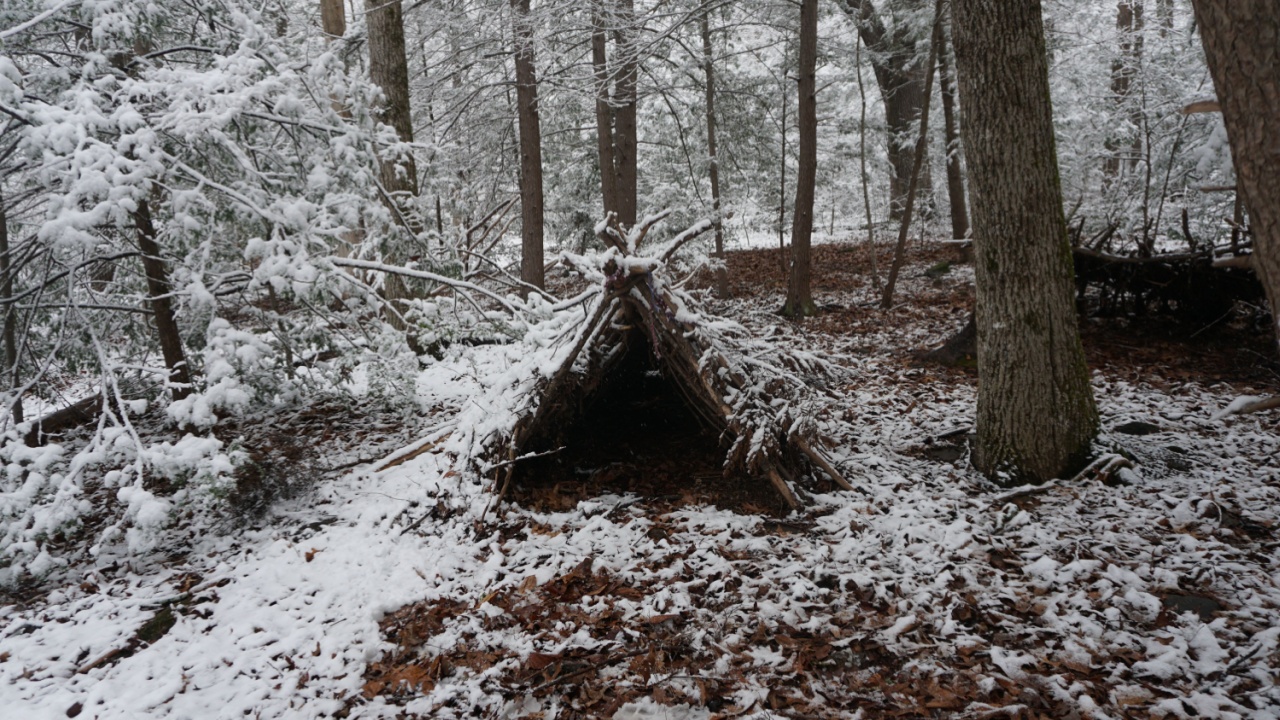
The smaller your shelter, the easier it is to camouflage. A compact shelter is less likely to be noticed and simpler to cover using natural materials found nearby.
10) Utilize Shadows

Position your shelter in shadowed areas where it can remain out of direct sunlight. Shadows can help obscure your shelter and make it blend into the darkened environment.
11) Noise Discipline

Keep noise to a minimum to prevent drawing attention to your location. This includes the noise from constructing your shelter. Work quietly to maintain a low profile.
12) Regular Adjustments

Regularly update your camouflage. As the environment changes, you may need to adjust your camouflage techniques to continue concealing your shelter effectively. This might mean adding more leaves as the seasons change or adjusting the mud after it rains.
17 Most Devastating Tornadoes In History
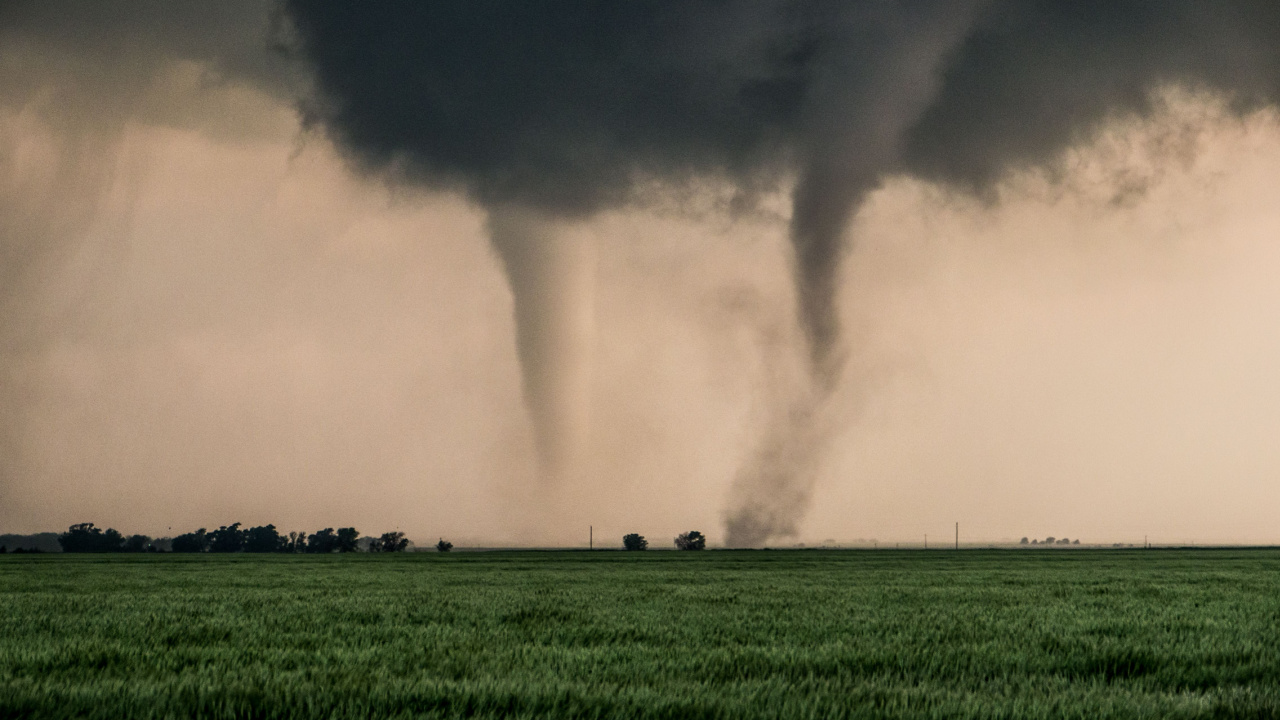
Nature’s fury is terrifying, and tornadoes are among the most deadly natural phenomena. These 17 deadly tornadoes highlight nature’s power and the resilience of humans in the aftermath of such devastation.
24 Most Devastating Blizzards in US History

For preppers, understanding the power and impact of historic blizzards is key to being prepared for future winter emergencies. Each of these historic snowstorms teaches valuable lessons about resilience, planning, and survival. The more prepared we are, the better our chances of survival in an emergency scenario.
- Read More: 24 Most Devastating Blizzards in US History
23 Riskiest Cities To Be During a Power Grid Collapse
In a world where the stability of our power grid is increasingly under threat, knowing which urban areas to avoid during a blackout is crucial for any serious prepper. And which areas to escape as quickly as possible. When you’re making your survival plans, keep in mind that these are the places you don’t want to be.

Katy Willis is a writer, lifelong homesteader, and master herbalist, master gardener, and canine nutritionist. Katy is a preparedness expert and modern homesteader practicing everyday preparedness, sustainability, and a holistic lifestyle.
She knows how important it is to be prepared for whatever life throws at you, because you just never know what's coming. And preparedness helps you give your family the best chance to thrive in any situation.
Katy is passionate about living naturally, growing food, keeping livestock, foraging, and making and using herbal remedies. Katy is an experienced herbalist and a member of the CMA (Complementary Medical Association).
Her preparedness skills go beyond just being "ready", she's ready to survive the initial disaster, and thrive afterward, too. She grows 100% organic food on roughly 15 acres and raises goats, chickens, and ducks. She also lovingly tends her orchard, where she grows many different fruit trees. And, because she likes to know exactly what she's feeding her family, she's a seasoned from-scratch cook and gluten-free baker.
Katy teaches foraging and environmental education classes, too, including self-sufficient living, modern homesteading, seed saving, and organic vegetable gardening.
Katy helps others learn forgotten skills, including basic survival skills and self-reliance.
She's been published on sites such as MSN, Angi, Home Advisor, Family Handyman, Wealth of Geeks, Readers Digest, and more.
